And now independent filmmakers eye box-office


Send us your feedback to audioarticles@vaarta.com


The Indian box-office is in the midst of a renaissance with independent filmmakers set to enter the foray again, enthused by the golden run of myriad films at the turnstiles.
Filmmakers like Ruchi Narain are giving the box-office another chance, undeterred by failed attempts by greats like Shyam Benegal, Adoor Gopalakrishnan and even Satyajit Ray at mainstream offbeat cinema without compromising on aesthetics.
Narain's film "Kal - Yesterday and Tomorrow" that went on the marquees Friday is poised to signify the dawn of a new tomorrow in Bollywood. Being the first widely released and publicised film made wholly with money from independent sources outside the industry, the movie opens a significant chapter in the history of Hindi cinema.
The film comes at a time when applause for Nagesh Kukunoor's delightful "Iqbal" is yet to die down. Though "Iqbal" was produced by Bollywood heavyweight Subhash Ghai and did not qualify as an independent film, it made no compromises to appeal to greater numbers.
"Kal - Yesterday and Tomorrow", produced in part by filmmaker Sudhir Mishra, was premiered at the Asian Competition section of the 7th Osian's Cinefan Film Festival and is perhaps the only such movie to get a nationwide release akin to any film produced by the famed Mumbai-based studios.
Narain spurned an opportunity to serve as assistant director to Karan Johar during the making of "Kuch Kuch Hota Hai" as "it wasn't the kind of cinema that I wanted to do".
"I would love to make a blockbuster that makes $50 million at the box office. Who wouldn't? But I will never make a film that does not reflect my personality and beliefs," the first-time director has been quoted as saying.
She had to fight a long battle to remain true to her sensibilities and yet get where she is.
Narain has been associated with "Is Raat Ki Subah Nahin", "Hazaaron Khwaishein Aisi" and "Calcutta Mail", all of which brought a breath of fresh air to the Indian box-office.
It was the so-called plundering of her script in Sunhil Sippy's "Snip" that prompted Narain to get into filmmaking.
The form and style of "Kal" is not Indian but the story, with its strong emotional core, is.
It melds an array of genres - a love story, an urban angst drama, a saga of corporate intrigue and a murder mystery - but never looses its way on account of the director's stylistic flair.
Film stars Chitrangada Singh, Boman Irani and Shiney Ahuja. The film's fate depends on what kind of initial audience it can garner at the multiplexes. Narain, however, is not alone in heralding the new dawn whose time has indeed come.
Technology like digital video has come as a boon for independent filmmakers. New digital technologies are empowering a wave of independent filmmakers allowing them to make movies that are closest to their ideas.
They no longer have to devote time and energy to protracted and often fruitless attempts to find finance. They no longer have to cede creative control to financiers.
Because budgets for digital video (DV) films are so much lower, filmmakers can make movies more often, take more risks and keep practising their craft. DV allows filmmakers to take greater creative risks.
Given the cost of production, they have little to lose by experimenting and a lot to gain if they can make a truly original film. DV is shifting power from financiers to filmmakers.
This subversive videotape format has achieved much in the last few years. Much work has been done on DV, not all of it good. Much debate has been centred on fallacious comparisons of film with DV. Many festivals have shown DV films, mostly only when DV is converted, at great cost, to celluloid.
But, most importantly, DV has thrown up a whole range of new and exciting possibilities in storytelling and aesthetics. There is an excitement at hand -that of the discovery of a new format in filmmaking - a realization that if DV isn't film, it certainly isn't video either.
DV work is unfettered, renegade and very hip. It may not replace film but it is certainly making many people sit up and take notice. Clearly, Bollywood is in for interesting times ahead.
Follow us on Google News and stay updated with the latest!
Headlines
Cinema News
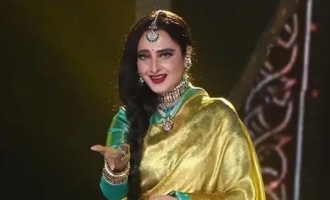 Bollywood actress Rekha on sheer fluke of not getting pregnant bold candid confessions
Bollywood actress Rekha on sheer fluke of not getting pregnant bold candid confessions
 kareena kapoor s trolled for recent instagram quote on luxury pataudi palace
kareena kapoor s trolled for recent instagram quote on luxury pataudi palace
 Stree 2 box office collections crosses baahubali 1 aims to cross shah rukh khan s jawan
Stree 2 box office collections crosses baahubali 1 aims to cross shah rukh khan s jawan
 Shah Rukh khan enters huran rich list rs 7300 crore in fortune
Shah Rukh khan enters huran rich list rs 7300 crore in fortune
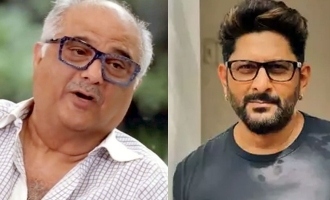 boney kapoor slams back at arshad warsi for low salary in roop ki rani choron ka raja
boney kapoor slams back at arshad warsi for low salary in roop ki rani choron ka raja
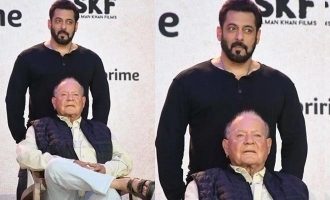 Salma khan wants to remake Salim javed's sholay deewar
Salma khan wants to remake Salim javed's sholay deewar
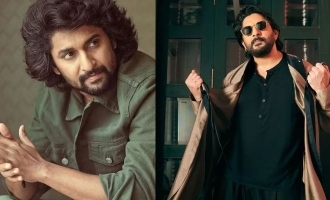 Nani sudheer babu claps back at Arshad warsi for calling prabhas as joker in kalki 2898 AD
Nani sudheer babu claps back at Arshad warsi for calling prabhas as joker in kalki 2898 AD
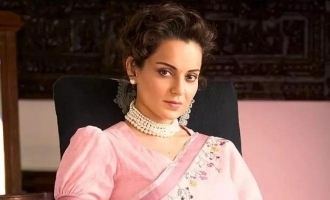 Kanagana ranaut s paparazzi comment gets viral emergency controversy
Kanagana ranaut s paparazzi comment gets viral emergency controversy
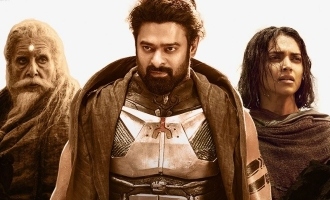 Kalki 2898 AD Starts Streaming Where to Watch Prabhas New Film
Kalki 2898 AD Starts Streaming Where to Watch Prabhas New Film
 ananya panday call me bae trailers goes viral reminds of emily in paris
ananya panday call me bae trailers goes viral reminds of emily in paris




 Follow
Follow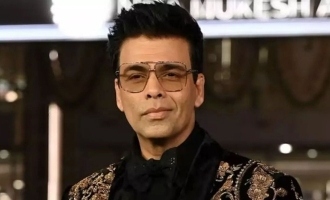

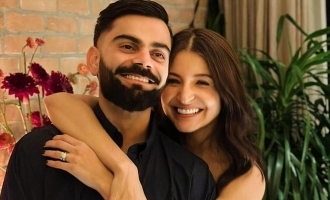

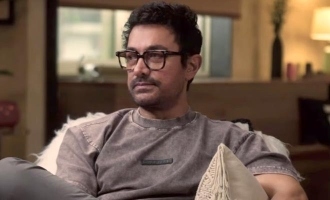

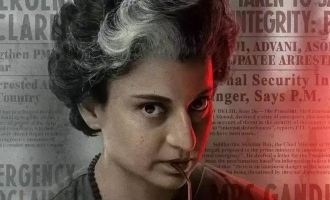

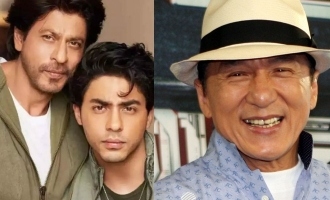

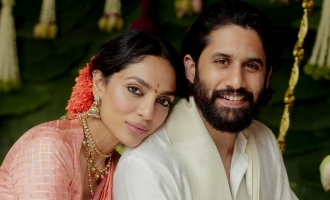
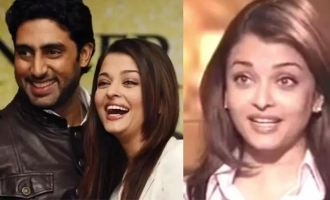
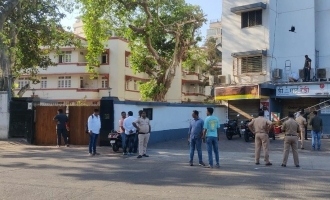
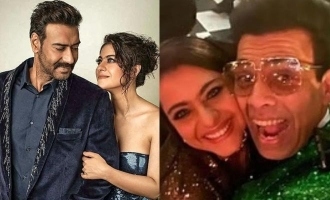

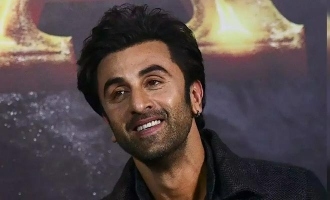
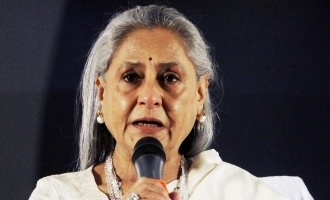

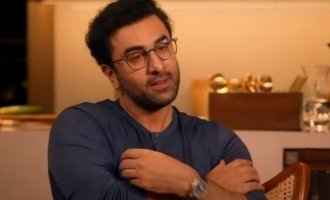






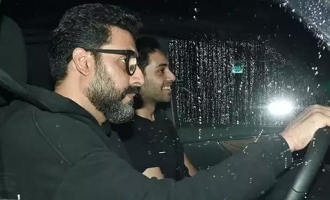
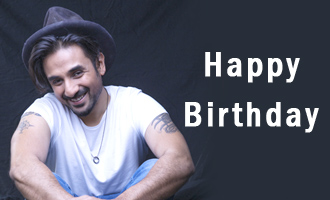



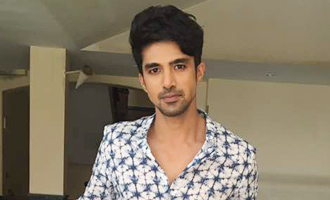



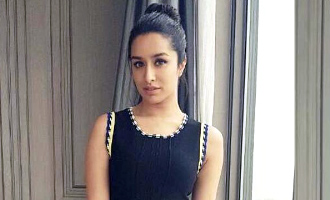

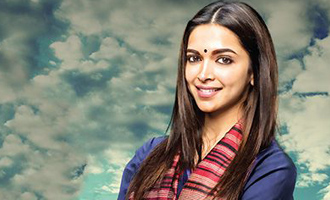
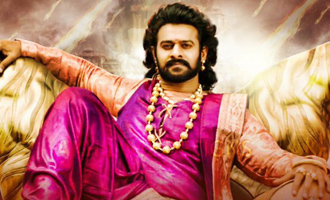









Comments